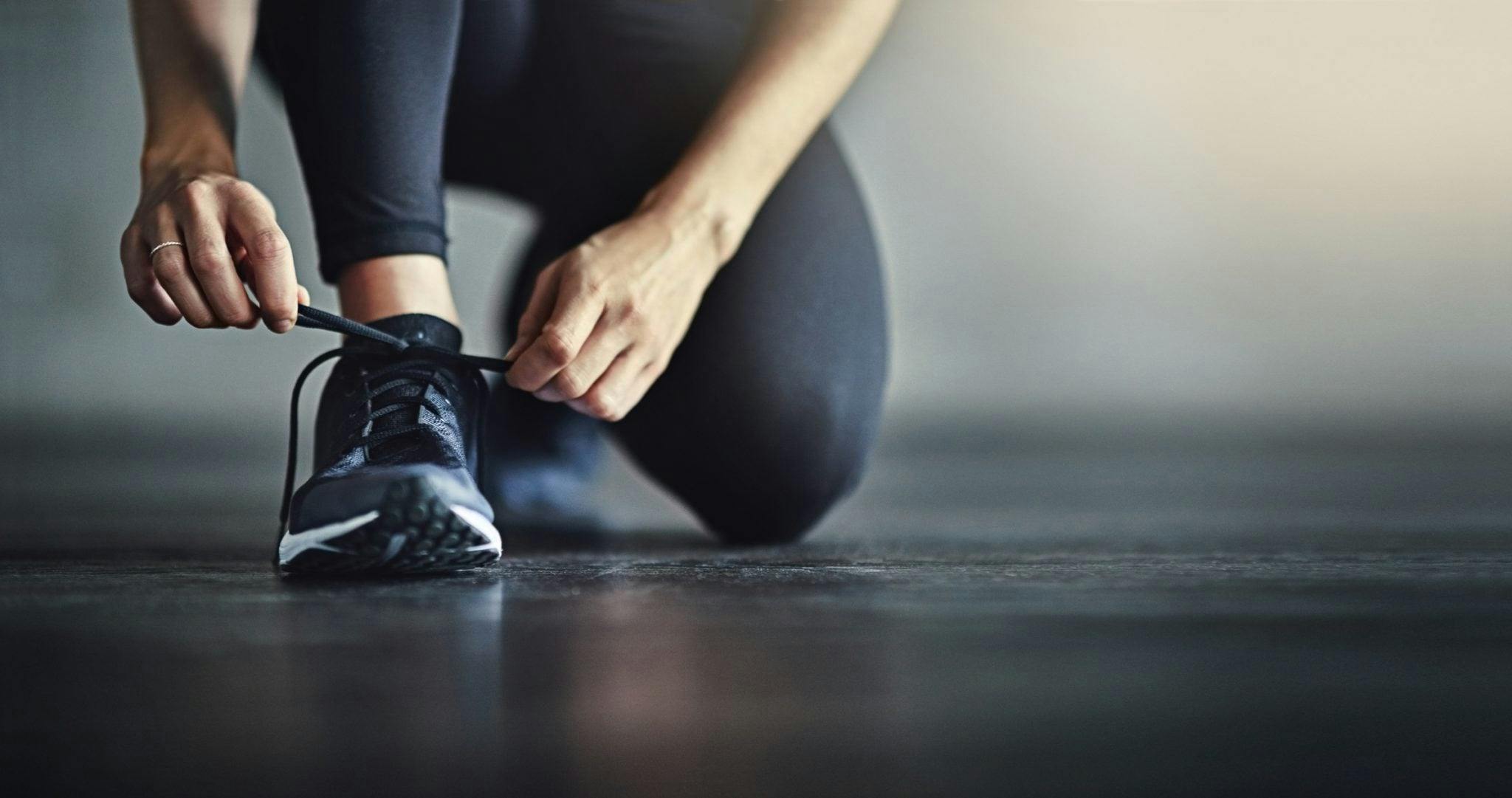
2024-07-12T16:54:51
Sunscreen Travel Tips
- Dermatology
April 11, 2017 | Wellness Institute

In the past 50 years, the number of overweight people in the United States has doubled. In fact, the American Institute for Cancer Research (AICR) reported that 2 out of 3 adults are overweight or obese. Excess weight can lead to chronic diseases such as heart disease, Type 2 diabetes, hypertension, stroke, metabolic syndrome and osteoarthritis.
Excess body fat can put one at risk for 11 different types of cancer, including:
AICR estimates that 20% of cancers are related to obesity, which means that lowering your body fat is a one of the biggest steps you can take to lower your risk for cancer.
Fat cells produce hormones that stimulate cell growth, and the more often these cells grow and divide, the chances of mutation increase, which can lead to cancer development. Fat tissues also produce proteins that can cause chronic conditions such as inflammation and insulin resistance. Those conditions, in turn, can promote cell growth, increasing risk for mutation and cancer development.
It’s important to realize that not all fats are created equal. The most dangerous type of fat is called visceral fat—found around the waist/abdomen—which produces cancer-promoting compounds.
Incorporating a healthy diet and physical activity can help you decrease your body fat, and lower your risk for chronic disease and cancer.
AICR reported that incorporating 30 minutes of moderate physical activity into your daily schedule reduces risk of cancer by:
Here are some suggestions to help implement more physical activity into your day:
According to AICR, emerging evidence has shown that sedentary time affects hormones and other factors related to cancer risk. The research reports that you are not protected against the risks even if you have an established workout routine, so it is important to work towards sitting less. Tips include:
http://www.aicr.org/enews/2016/11-november/obesity-and-cancer-what-you-need-to-know.html
http://www.aicr.org/enews/2017/02-february/enews-awareness-survey.html
https://wellness.ucr.edu/docs/movemore/movemore_50tips.pdf
<link href=”https://app.e2ma.net/css/signup-refresh.sml.css” rel=”stylesheet” type=”text/css”><script type=”text/javascript” src=”https://app.e2ma.net/app2/audience/tts_signup_refresh/1825199/e2f7f0e1356c93932c702d218830dd79/1780563/”></script><div id=”load_check” class=”signup_form_message” >This form needs Javascript to display, which your browser doesn’t support. <a href=”https://app.e2ma.net/app2/audience/signup/1825199/1780563/”> Sign up here</a> instead </div><script type=”text/javascript”>signupFormObj.drawForm();</script>
WRITTEN BY:
Cassidy Silver Smith


2024-07-12T16:54:51

2024-07-02T11:42:04

2024-07-01T13:49:28

2024-06-21T14:29:51
This information is not intended to replace the advice of a medical professional. You should always consult your doctor before making decisions about your health.